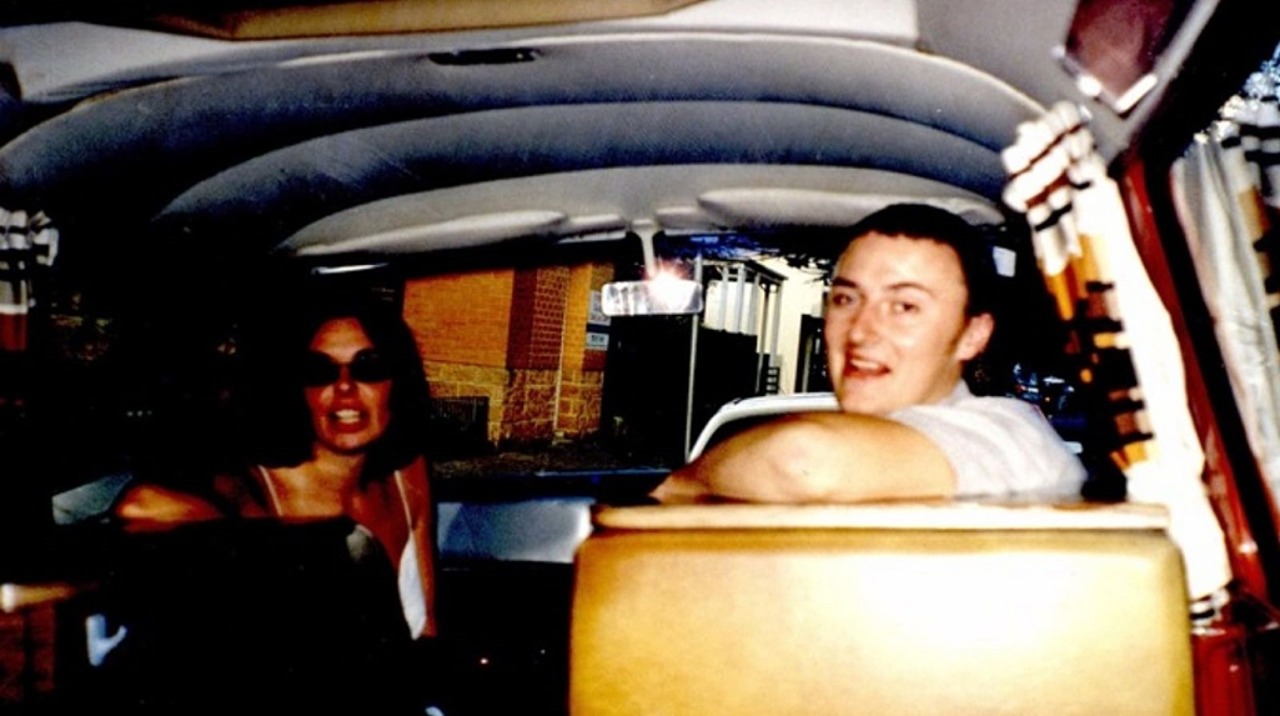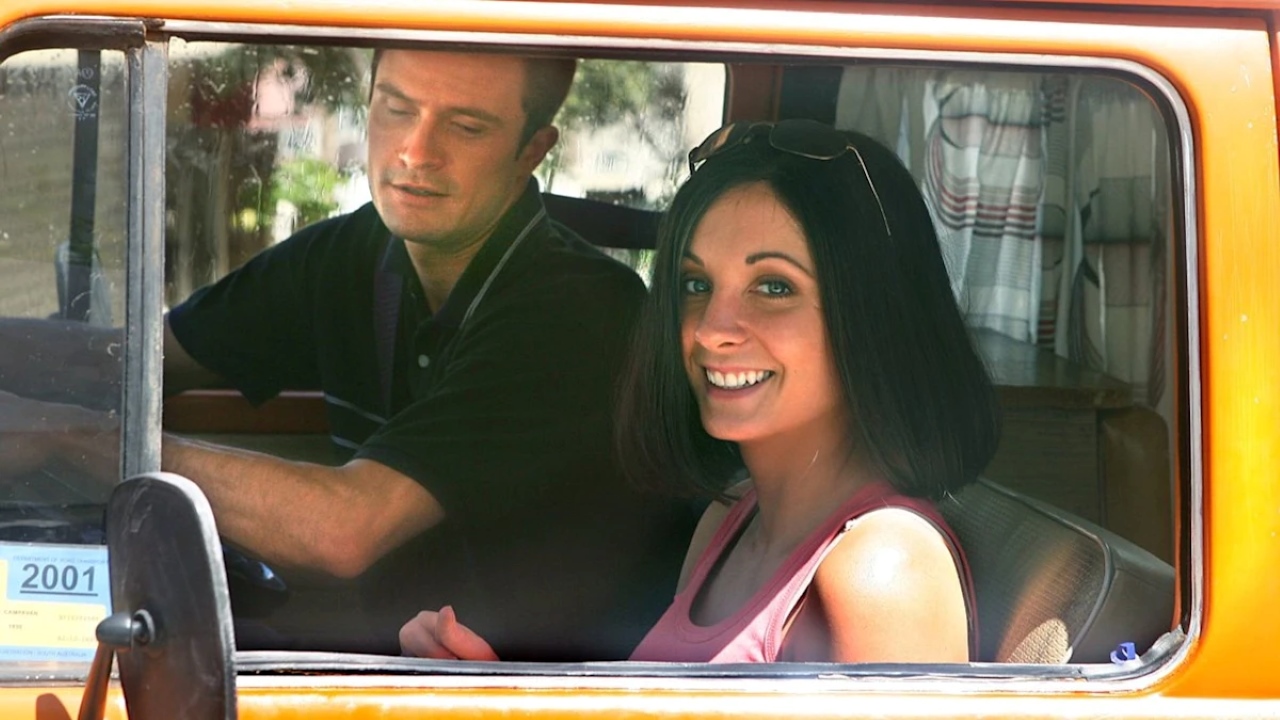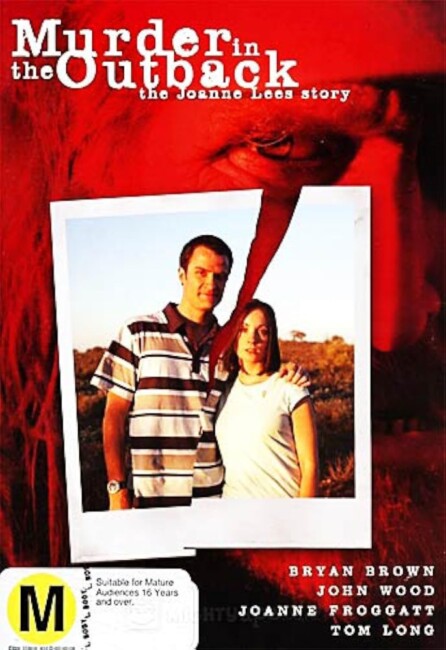aka Joanne Lees: Murder In the Outback
Crew
Director – Tony Tilse, Teleplay – Kate Brooke, Producer – Matt Carroll, Photography – Mark Wareham, Music – Guy Cross, Production Design – Jon Rohde. Production Company – Film Finance Corporation Australia/Granada/GC Films.
Cast
Joanne Froggatt (Joanne Lees), Bryan Brown (Rex Wild), Richard Carter (Bradley Murdoch), Asher Keddie (Anne Barnett), John Wood (Algie), Shane Briant (Mark Wilton), Tom Long (Tony Elliott), Pip Miller (Frank Thorne), Laurence Breuls (Peter Falconio), Gary Waddell (Vince), Rod Mullinar (Judge Martin), Raj Sidhu (Martin Bashir)
Plot
July 2001. English couple Peter Falconio and Joanne Lees are travelling through the Australian Outback in an old Kombi van. Outside of Barrow Creek in the Northern Territories, a driver urges them to pull over to the side of the road. When he goes to see what the problem is, Falconio is attacked. Lees is thrown in the back of the attacker’s vehicle but manages to flee where she hides in the brush for several hours before flagging down a passing truck. However, as the police from nearby Alice Springs are called to investigate, they treat Lees in an accusatory manner, disbelieving elements of her story. As the story is taken up by both the Australian and British media, the focus is placed on inconsistencies in Lees’ story and her cold and detached manner. Bradley Murdoch is then arrested as a suspect. As the case goes to trial on often shaky evidence, the defence tries to sidetrack the case with issues about Lees having an affair with another man behind Falconio’s back just before the attack. Prosecutor Rex Wild presses on through, persuading Lees to stand up and tell her story as best as she can.
Murder in the Outback is a tv movie based on the true story of the murder of British tourist Peter Falconio in the Australian Outback in 2001 and the way that the case was subsequently played out in the media. Falconio and his girlfriend Joanne Lees were travelling along a remote Outback highway and were flagged down where Falconio was then shot and Lees grabbed and thrown in the back of the attacker’s vehicle. She managed to escape and hid in the roadside brush.
However, after the police became involved, much scorn was poured on Joanne Lees’ story – the claimed impossibility of freeing herself with her hands tied behind her back, the difficulty of remaining hidden in the sparse roadside brush while Murdoch was supposedly searching for her with a dog and spotlight, the fact that she would have been unable to escape out the back of the type of vehicle that Murdoch had.
The inconsistencies in Lees’ story was pounced on by the media who insinuated she was the one responsible for Falconio’s disappearance, jumping aboard things such as her cold and detached manner and claiming that she was lacking in grief. (Lees subsequently sued several news outlets for defamation). Bradley Murdoch was found from cctv footage to be in the area and his DNA discovered on Joanne Lees’ clothing and hers in his vehicle. Murdoch was eventually convicted in 2005, despite the fact that Peter Falconio’s body has never been found.
The case hit a peak in 2005 when Murdoch was finally convicted of Peter Falconio’s murder and the film Wolf Creek (2005) was released around the same time. Wolf Creek considerably fictionalised the Falconio-Lees-Murdoch case. Wolf Creek had three tourists instead of two, allowed the male to survive rather than the female and moved the location of the incident from one side of Australia to the other.


You can almost view Murder in the Outback as having been created to set the record straight following Wolf Creek‘s liberal fictionalisation of the story. Despite being focused around the same story, both are very different works. Wolf Creek is made as a horror film and focuses on the cruelty and barbarism of what the victims suffered; in Murder in the Outback by contrast, the assault takes place within the first ten minutes of the film and the rest of the show is taken up by the media circus that pilloried Joanne Lees and the courtroom case against Bradley Murdoch. In Wolf Creek, John Jarratt, playing the Bradley Murdoch equivalent, is seen to be a psychopath who enjoys torturing victims (the character is equally an amalgam of the New South Wales Backpacker Murderer Ivan Milat), whereas in reality Murdoch was believed to have killed simply because he suspected that Falconio and Lees were following him while he was running drugs across state.
Where Wolf Creek just want to tell a brutalising horror story, Murder in the Outback is conceived more as docu-drama. Scriptwriter Kate Brooke has set out to conduct an exactingly detailed dramatisation of the case. She pays scrupulous regard to the details of what happened – much time is spent examining the flaws and apparent contradictions in Joanne Lees’ story, of the demeaning way that the police treated her and especially the scepticism that was placed on what she said during her initial interrogation.
Much of the story deals with the way that Lees was essentially tried by the media who made much of character flaws – her supposed coldness and lack of grief over the death of Peter Falconio – and lionised her in a series of nastily suggestive headlines. (Joanne Lees subsequently denounced her portrayal in Murder in the Outback, which, considering how the character that is depicted here, seems oddly appropriate).
British actress Joanne Froggatt gives a cool and controlled performance as Joanne Lees. Indeed, Froggatt manages to create much empathy for a not-exactly-sympathetic character – the film is very much about the alienation felt by a foreigner trapped in a nightmare in another country. The mini-series is emotionally anchored by Bryan Brown who gives a fine performance that radiates solid trustworthiness and moral certainty. The vindication that Froggatt’s Joanne Lees ends up getting at the end of the mini-series as Bradley Murdoch is convicted ends up being a considerable cathartic triumph.
Full film available here


